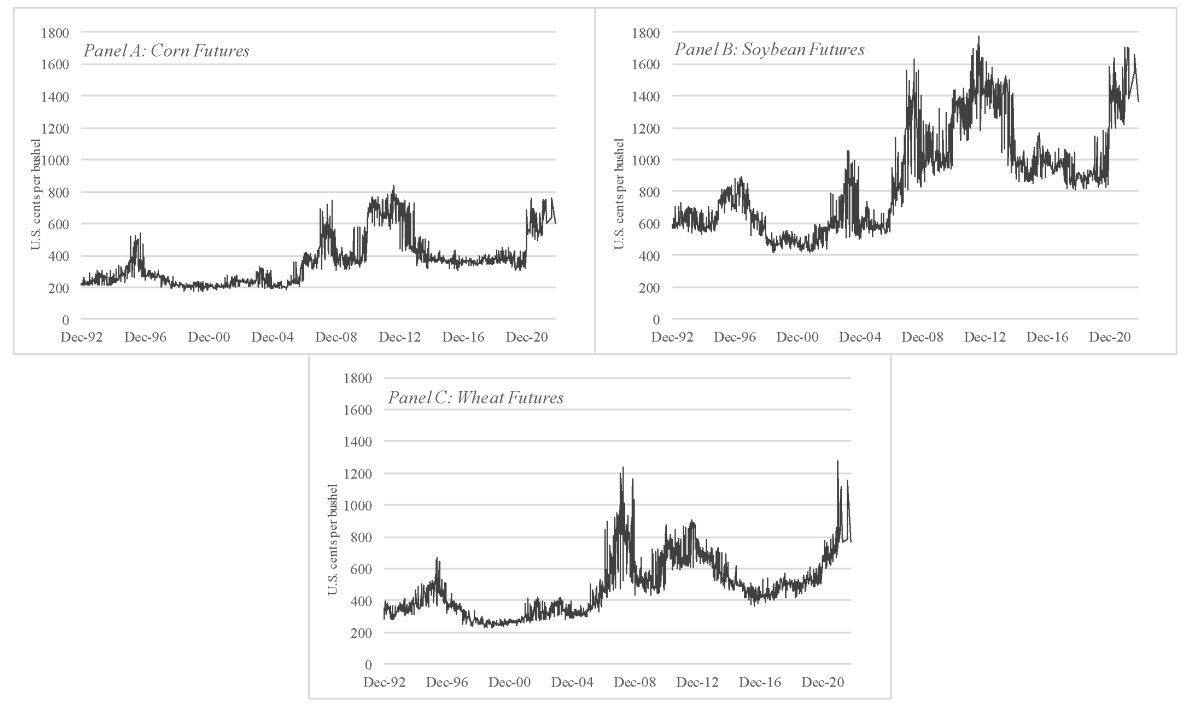Home>Finance>What Is Flipping? Definition, How It Works, Types, And Example


Finance
What Is Flipping? Definition, How It Works, Types, And Example
Published: November 25, 2023
Learn all about flipping in finance including its definition, how it works, various types, and get a real-life example. Master the art of flipping and maximize your financial gains.
(Many of the links in this article redirect to a specific reviewed product. Your purchase of these products through affiliate links helps to generate commission for LiveWell, at no extra cost. Learn more)
Unlocking the Secrets of Flipping: A Guide to Profiting in Finance
Are you ready to dive into the exciting world of finance? If so, then you may have come across the term “flipping.” But what exactly does flipping mean? How does it work? And what are the different types of flipping? In this article, we will explore the ins and outs of flipping and provide you with a clear understanding of this popular investment strategy.
Key Takeaways:
- Flipping is a investment strategy where individuals buy assets or securities and quickly sell them for profit.
- There are different types of flipping, including real estate flipping, stock flipping, website flipping, and domain flipping.
So, What Exactly is Flipping?
Flipping, in the finance world, refers to the practice of purchasing an asset or security with the intention of selling it for a higher price shortly thereafter. This strategy aims to capitalize on short-term market fluctuations and take advantage of price differences. Flipping can be applied to various investment areas, including real estate, stocks, websites, and even domains.
Now that we have a firm grasp on the definition of flipping, let’s delve into the inner workings of this savvy investment strategy.
How Does Flipping Work?
The process of flipping involves several steps that investors must follow to increase their chances of making a profit. Here’s a breakdown of the typical flipping process:
- Research and Identify Opportunities: The first step in flipping is to identify assets or securities that have the potential for quick appreciation. This requires conducting thorough research and staying up-to-date with market trends.
- Acquisition: Once a lucrative opportunity is identified, investors proceed to acquire the asset or security, whether it’s a property, stocks, website, or domain.
- Enhancement: After the acquisition, investors may opt to enhance or improve the value of the asset. In the case of real estate flipping, this could involve renovating a property to increase its market appeal.
- Timing is Crucial: Flippers aim to sell their assets or securities at exactly the right time to maximize profit. They carefully monitor the market and wait for the optimal moment to sell.
- Sale: The final step is to sell the asset or security for a higher price than the initial investment. The goal is to generate a significant return on investment (ROI) within a relatively short period.
Types of Flipping
Flipping is a diverse investment strategy that can be applied across a range of markets. Here are some common types of flipping:
- Real Estate Flipping: This involves purchasing properties, renovating or improving them, and then selling them for a higher price.
- Stock Flipping: Investors buy stocks and sell them quickly to capitalize on short-term price movements.
- Website Flipping: In this type of flipping, individuals buy websites, optimize them for better performance, and sell them at a profit.
- Domain Flipping: Domain flipping entails purchasing domain names and selling them for a higher price.
Example of Flipping
Let’s say you come across a piece of property in an up-and-coming neighborhood that is listed below market value. After thorough research and confirmation of its potential value, you proceed to purchase the property. With some renovations and upgrades, you give it a fresh look. By strategically timing the sale during a seller’s market, you manage to sell the property for a handsome profit, reflecting the appreciated value.
This example showcases how flipping, when executed wisely, can lead to substantial returns and serve as a lucrative investment opportunity in the finance industry.
In Conclusion
Flipping is a dynamic investment strategy that allows individuals to buy assets or securities with the intention of selling them quickly for profit. While it comes with its risks, flipping has the potential to generate impressive returns if approached with careful planning, market knowledge, and timing. Whether it’s real estate, stocks, websites, or domains, flipping offers a diverse range of opportunities for those looking to make their mark in the finance world.
So, why not take the plunge and explore the possibilities of flipping today?














